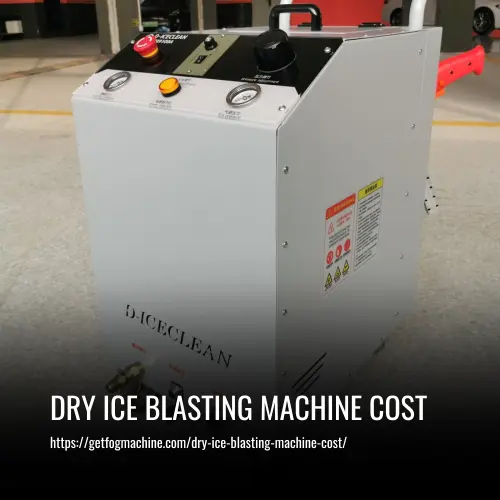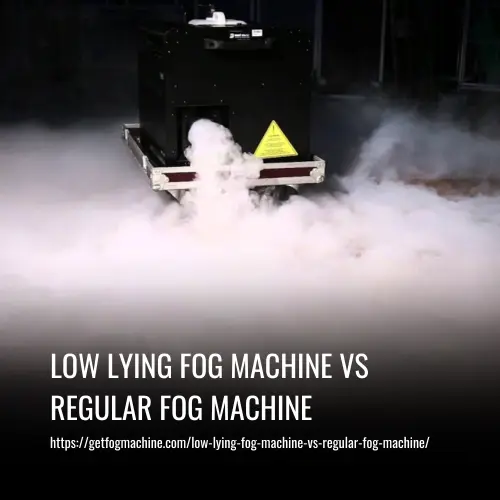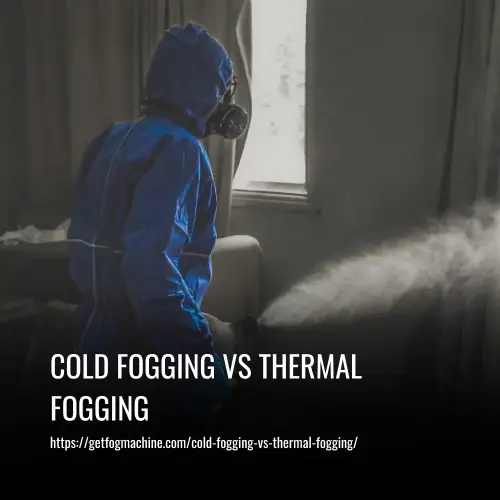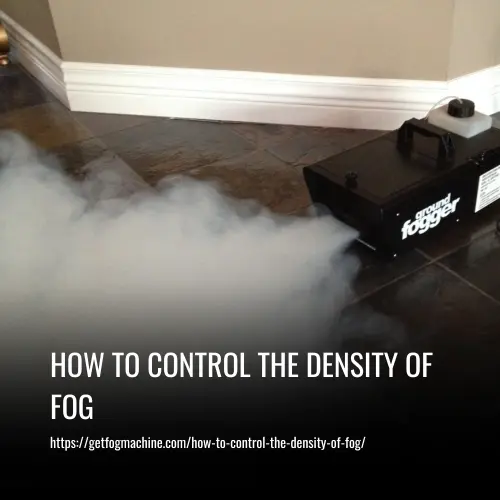Can You Make Snow with a Pressure Washer?
This post contains affiliate links. As an Amazon Associate, we earn from qualifying purchases.
Yes, you can make snow with a pressure washer by using cold water, a slightly cold temperature, and a pressure nozzle. The key to creating snow with a pressure washer is to have cold water, as the colder the water temperature, the more likely it is to turn into snow when released under pressure.
By adjusting the pressure and using a pressure nozzle, it is possible to create snow-like particles from the water stream. However, it is important to note that the process may not be as effective or produce the same results as traditional snow machines or snow guns.
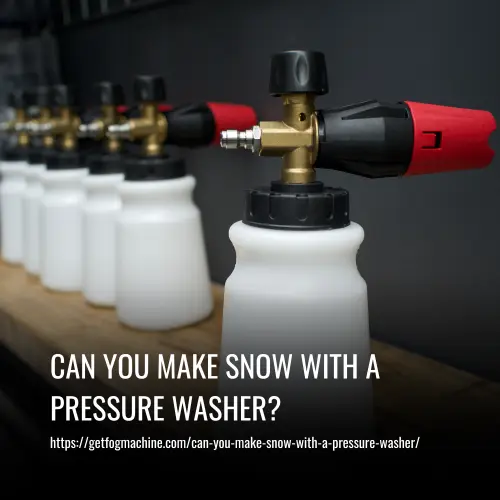
How to Make Snow from a Pressure Washer
Making snow with a pressure washer can be a fun and easy way to create a winter wonderland.
What You Will Need
- A cold outdoor temperature
- Coldwater
- Pressure washer
- A pressure nozzle
Here’s a step-by-step guide on how to make snow using a pressure washer:
1. Choose the Right Outdoor Temperature
To make snow, you need cold weather. Ideally, the outdoor temperature should be below freezing, but anything below 32 degrees Fahrenheit (0 degrees Celsius) should work.
2. Connect the Pressure Washer to a Water Source
Connect your pressure washer to a cold water source. If you’re using an outdoor garden hose, make sure it’s connected to cold water and not hot. It’s important to use cold water if you want to create real snow.
3. Turn on the Pressure Washer and Select a Low-Pressure Nozzle Setting
Once your pressure washer is connected, turn it on and set the nozzle to one of the lower pressure settings. The exact setting may vary depending on your model, but it should be one of the first three settings. Avoid using a high-pressure setting, as this can reduce the chances of creating snow.
4. Point the Pressure Washer Upwards and Turn It On
Point the pressure washer upwards above you and turn it on. The higher you point the nozzle, the more likely it is to create snow. If you point the nozzle downwards, there is less chance of the water droplets making snowflakes on their way down to the ground.
Remember to always follow proper safety precautions when using a pressure washer, such as wearing protective eyewear and gloves. With the right weather conditions and equipment, you can enjoy the magic of making snow from a pressure washer.
Factors to Consider When Making Snow with a Pressure Washer
The process of making snow with a pressure washer involves several important factors that need to be considered to ensure success. These factors include the outdoor temperature, water pressure, water temperature, and the pressure nozzle size used.
1. Outdoor Temperature
The colder the temperature, the more likely you will be able to create snow with a pressure washer. As the temperature drops, the water droplets sprayed from the pressure washer will freeze more easily, resulting in the formation of snowflakes.
2. Water Pressure
Water pressure plays a crucial role in the snow-making process. If the pressure washer’s nozzle setting is too high, it can reduce the chances of forming snowflakes. Therefore, it is important to set the nozzle to a low setting to ensure that the water droplets are dispersed in a fine mist that can freeze into snowflakes.
3. Water Temperature
The temperature of the water used in the pressure washer is also an important factor. It is recommended to use water that is as cold as possible, especially when it is not winter and there has not been any natural snowfall for a while. Ideally, the water temperature should be below 32 degrees Fahrenheit (0 degrees Celsius) to facilitate the formation of snowflakes.
4. Pressure Nozzle Size
The size of the pressure nozzle used in the pressure washer can affect the snow-making process. It is recommended to use a nozzle with a smaller orifice to create finer water droplets, which have a higher chance of freezing into snowflakes. Additionally, the distance between the nozzle and the target area should be as high as possible to allow the droplets sufficient time to freeze and form snowflakes.
By considering these factors, you can increase the chances of successfully making snow with a pressure washer.
Tips to Make Snow with a Pressure Washer
Using a pressure washer to create snow can be a fun and convenient way to enjoy winter activities. Here are some tips to help you make as much snow as possible with a pressure washer:
1. Use a fine mist nozzle
A fine mist nozzle will create very small water droplets, increasing the chances of them turning into snowflakes. The smaller the droplets, the higher the chance of snow formation.
2. Use cold water
It’s essential to connect your pressure washer to a source of cold water. The colder the water, the better the chances of creating snow. Cold temperatures help facilitate nucleation, allowing water droplets to transform into snowflakes more easily.
3. Aim high
Point your pressure washer nozzle upwards to increase the chances of creating artificial snow. When aiming downwards, there is less chance of the water droplets transforming into snowflakes.
4. Increase water surface area
Increase the surface area of the water by avoiding high-pressure nozzles. High-pressure nozzles can reduce the surface area of the water droplets, making it less likely for them to turn into snowflakes.
5. Add a nucleating agent
A nucleating agent can help water droplets turn into snowflakes. Table salt is a common and easily available nucleating agent that can be added to cold water before using the pressure washer. The presence of a nucleating agent helps promote snowflake formation.
Following these tips will maximize your chances of creating as much snow as possible with a pressure washer, ensuring a fun-filled winter experience.
Why Make Snow Using a Pressure Washer
There are a few reasons why you might want to make snow with a pressure washer. The first is that it can be fun, especially if it is not Winter and your kids are itching for some snow to play in. Another reason would be if you need some artificial snow for a school project or other purpose but don’t have any real snow available at the time.
You may also want to consider using a pressure washer to make snow if you are looking for an alternative to making snowmen or angels in the traditional way. With a little bit of practice, you can create some really neat-looking snow sculptures with your pressure washer.
It is also a cheap way to make snow. It doesn’t cost much money and you can do it in your own backyard or garden whenever you want.
Is it Safe to Use a Pressure Washer to Make Snow?
Yes, it is safe to use a pressure washer to make snow. Pressure washers are capable of creating snow using compatible snow and fine mist nozzles. They can be operated in cold weather without any damage to the pressure washer.
Snow production is dependent on the weather conditions, specifically the temperature. As long as the temperature is cold enough, the pressure washer can effectively create snow.
How Long Can a Pressure Washer Produce Snow
A pressure washer can produce snow for as long as it has a constant supply of water and low temperatures. The cold weather helps to prevent motor overheating and allows the pressure washer to continue producing snow.
However, if the temperature rises, you may start to see water come out of the nozzle instead of snow, indicating that the pressure washer is no longer able to produce snow.
What Pressure Washer Type is Best to Make Snow
When it comes to making snow with a pressure washer, any type of pressure washer can be used. Whether you prefer a gas or electric pressure washer, both can get the job done. Gas pressure washers are known for their power and are ideal for use in cold conditions.
High-end gas models often have a rating of 3-4 gallons per minute (GPM), which is perfect for snowmaking. However, electric pressure washers have also improved significantly and can provide the necessary GPM and PSI for making snow. Ultimately, the choice between gas and electric comes down to personal preference.
FAQs
The colder, the better, but anything below 32 degrees Fahrenheit (0 degrees Celsius) should work.
Yes, you can make snow with a snow-making machine or use a pressure washer as mentioned above.
The amount of snow you can make depends on the size and power of your pressure washer and the nozzle setting you use. A high-pressure nozzle may produce a smaller amount of snow, while a fine mist nozzle will create more snow.
There isn’t one definitive answer to this question as it depends on your equipment and preferences. However, using a fine mist nozzle, cold water, and adding a nucleating agent like table salt can help.
If snow doesn’t form, the temperature may not be cold enough. Check the PSI and GPM settings of your pressure washer. Additionally, make sure the fittings and connections are tight and secure.
Yes, a pressure washer alone can make snow. However, you can also connect a pressure washer with a snow-making tool for additional snow-making capabilities. Remember, the ideal temperature for making snow is around 32 to 27 degrees Fahrenheit. Warmer temperatures may require more time for snow formation.
Conclusion
While it is possible to make snow with a pressure washer, it requires a combination of specific equipment and favorable weather conditions. The use of an air compressor, combined with a pressure washer and a nucleation nozzle, can create the perfect conditions for turning water into snow.
However, it is important to note that simply using a pressure washer alone will not produce the desired results. The addition of an air hose and the proper nozzle is necessary to create the right air stream and pressure for the formation of snow.
Additionally, weather conditions such as cold temperatures and humidity play a crucial role in the snowmaking process. Without the right combination of temperature and moisture, the snow may not form or may turn out to be wet and heavy instead of light and fluffy.


